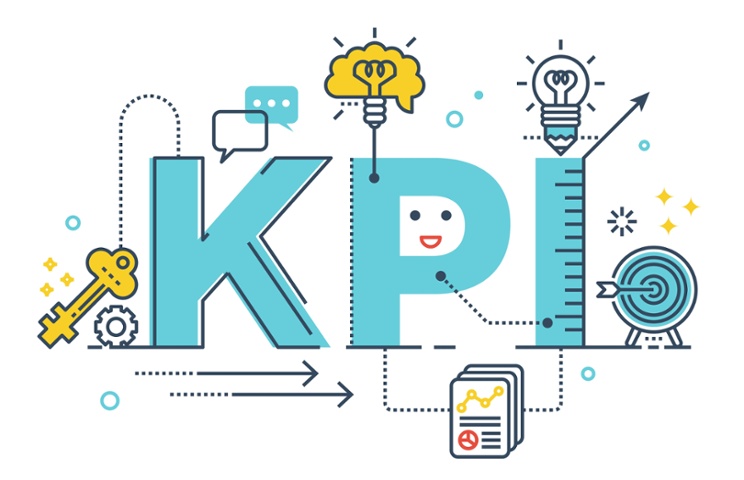47 Most Important KPIs for Property Business
| REAL ESTATE OFFICE |
| Advertising and promotion |
| Average commission per sale |
| Average commission per salesperson |
| Commission margin |
| Net profit |
| Office cost (telephone, fax, and other office cost) |
| Rent cost of premises |
| Sold homes per available inventory ratio |
| Total income |
| Wages and salaries (including commissions and vehicle allowances) |
| Year-to-year variance on average sold price |
| Year-to-year variance on dollar volume of sold listings |
| Year-to-year variance on sold average dollar per square foot |
| COMMERCIAL PROPERTY MANAGEMENT |
| Annual return on investment in percentage |
| Construction/purchaser rate – New constructed or purchased units over time |
| Cost per square foot |
| Equity value growth in percentage |
| Lease events coverage ratio – Number of lease inquiries over number of available units |
| Management efficiency – Number of leased spaces over number of staff |
| Market share growth |
| Monthly return on investment as percentage |
| Occupancy cost – Cost per occupied unit |
| Operation cost to rent income ratio |
| Percentage of rent collected |
| Price to income as percentage |
| Profitability per square foot |
| Real estate demand growth – Market rental demands |
| Rented space usage quality – Average number of tenant visits over rented space |
| Renting cost – Renting cost per square foot |
| Renting return on investment – Rent income over cost |
| Revenue per square foot |
| Risk metrics as percentage |
| Total property management income per property manager |
| Usage efficiency – Available renting square feet over number of staff |
| Utilization (vacancy) rate – Rented square feet over total square feet, or rented units over total units |
| REAL ESTATE INVESTOR |
| Average gross multiplier for portfolio |
| Cost per square foot to value per square foot ratio |
| Equity to value ratio |
| Gross multiplier per commercial property |
| LTV (loan to value) ratio per property |
| Mortgage rate index |
| Overall LTV (loan to value) ratio for portfolio |
| Price per square foot to value per square foot ratio |
| Profitability per square foot |
| Property value growth (market trend) |
| Purchase price-to-appraisal value ratio |
| Rental value growth rate ROI (return on investment) |
All the Property KPIs are preset in our Performance Management System. Check it out and sign up for Free
47 Most Important KPIs for Property Business Read More »




